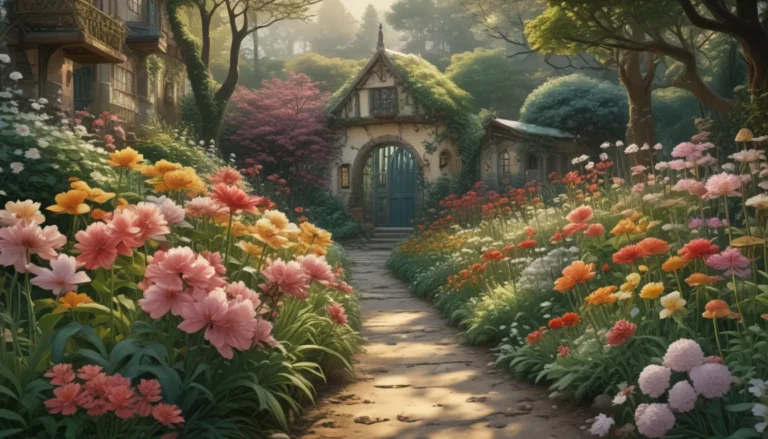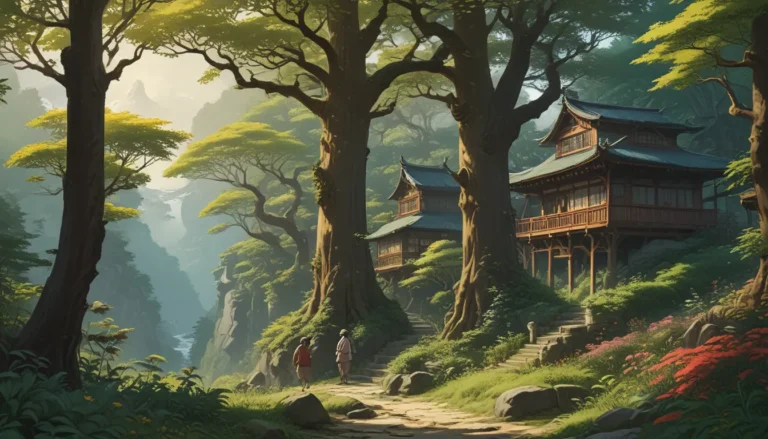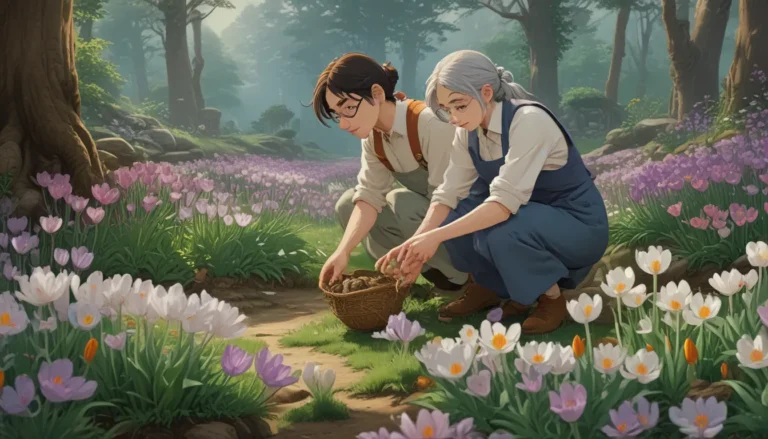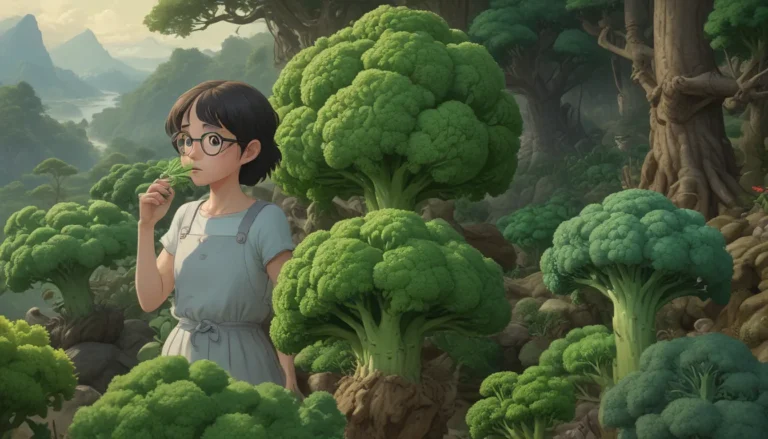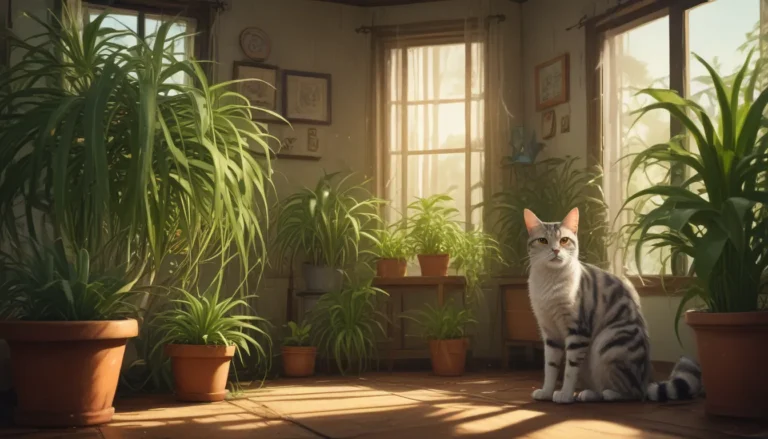Discover the Secrets to Creating Beautiful Garden Color Schemes
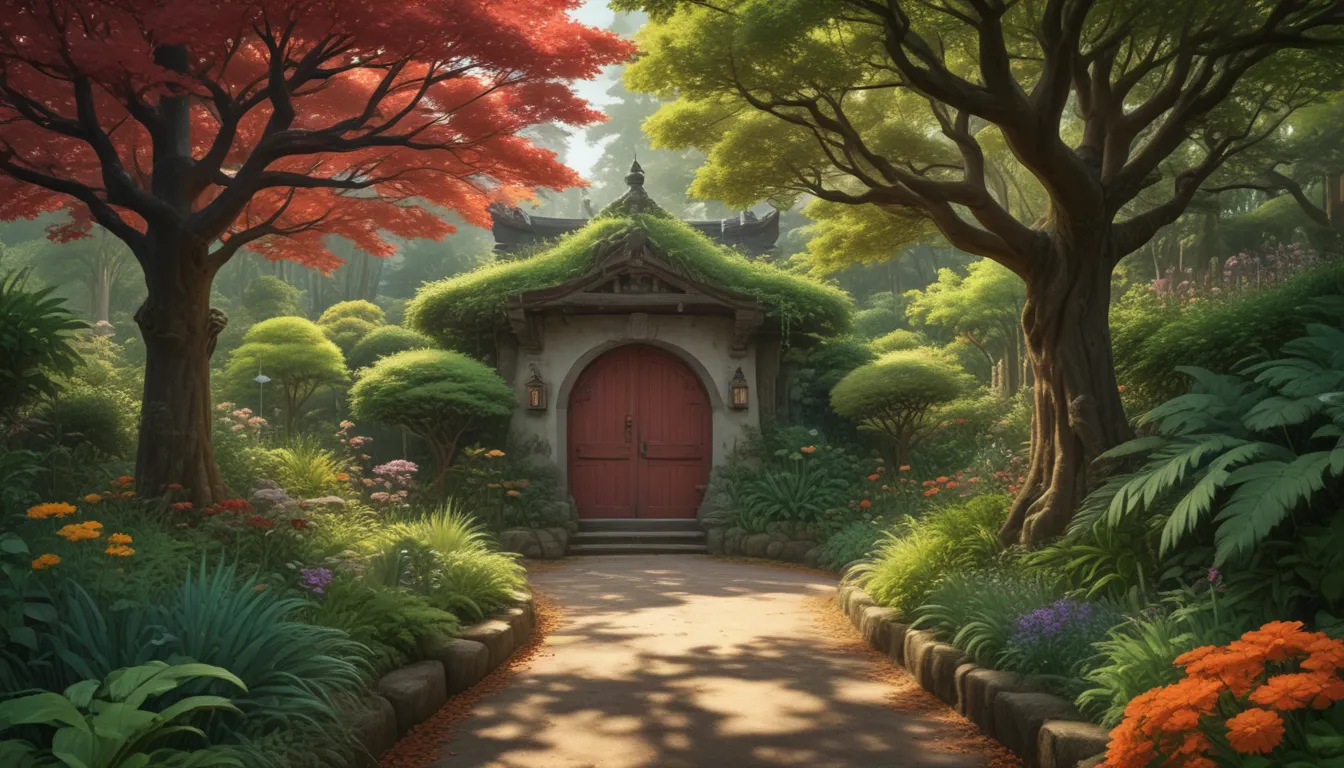
When it comes to crafting a stunning garden, vibrant flowers and captivating foliage are often the first elements that catch our eye. However, careful planning is essential to avoid creating a chaotic mix of colors that could leave you feeling unsatisfied.
The key to preventing color chaos lies in strategizing your color scheme before you even start shopping for plants. By understanding the role of color in garden design, you can create a harmonious palette that evokes specific emotions and enhances the overall composition of your outdoor space.
In this comprehensive guide, we’ll dive deep into the world of garden color schemes, helping you unlock the secrets to designing a glorious garden bursting with captivating hues. So, if you’re ready to transform your outdoor space into a work of art, keep reading to uncover everything you need to know about creating stunning garden color schemes.
How to Use Color in Your Garden Design
Creating a captivating garden color scheme requires careful planning and consideration. Here are some essential tips to help you harness the power of color in your garden design:
- Plan Your Design: Before you start planting, take the time to envision your ideal garden design. Consider factors like the size of your garden, how you plan to use the space, and the movement of sunlight throughout the day.
- Color Theory Fundamentals: Understanding the basics of color theory can help you create a cohesive and visually appealing color scheme. Familiarize yourself with warm and cool tones, as well as how different colors work together.
- Color Schemes: Explore different color schemes such as analogous, complementary, and monochromatic, to find the perfect combination that suits your style.
- Garden Styles: Consider different garden styles such as cottage, meadow, or contemporary to help you achieve the look and feel you desire.
- Plant Selection: Carefully select plants that not only match your desired color scheme but also offer multiseason interest, varying sizes, and textures to create a diverse and visually stimulating garden.
By following these guidelines, you can create a garden color scheme that truly reflects your personality and enhances the beauty of your outdoor space.
Plan Your Design
Before you start planting, it’s crucial to have a clear plan in place to guide your color choices and layout. Here are some tips to help you plan your garden design effectively:
- Use Visual Aids: Consider using tools like pencil crayons and a sketchbook to sketch out your ideas, or create a mood board on platforms like Pinterest to visualize your design.
- Gather Inspiration: Visit local botanical gardens to observe how professionals use color in their designs and gather inspiration for your own garden.
- Consider the Basics: Take into account the size of your garden, how you intend to use the space, and the movement of sunlight throughout the day.
- Choose a Theme: Decide on a theme for your garden, whether it’s a traditional cottage garden, a serene courtyard, or a coastal-inspired oasis.
- Refine Your Vision: Start with a single predominant hue and build upon it with secondary shades, color combinations, and focal points to create a cohesive design.
By following these steps, you can create a well-thought-out garden design that incorporates color in a meaningful and intentional way.
Color Theory Fundamentals
A solid understanding of color theory is essential for creating a successful garden color scheme. Here are some key principles to keep in mind:
- Primary, Secondary, and Tertiary Colors: Familiarize yourself with the primary colors (blue, red, yellow), secondary colors (green, purple, orange), and tertiary colors (mixtures of primary and secondary colors).
- Color Wheel: Utilize a color wheel to help you select harmonious color combinations and understand the relationships between different hues.
- Warm and Cool Tones: Understand the emotional qualities of warm tones (red, orange, yellow) and cool tones (blue, green, purple) to evoke specific moods in your garden.
- Neutral Shades: Incorporate neutral shades like black, brown, gray, and white to complement and enhance your chosen color palette.
By mastering these fundamental principles of color theory, you can create a garden color scheme that is visually appealing and emotionally engaging.
Selecting Your Plant Palette
When it comes to plant selection, there are a few key factors to consider to ensure your garden color scheme is a success:
- Multiseason Interest: Look for plants that offer more than just beautiful blooms, such as color-changing foliage, berries, or seed heads.
- Long Flowering Season: Choose plants that have a long flowering season or ones that rebloom to keep your garden looking vibrant throughout the year.
- Diverse Selection: Include plants of varying sizes, forms, and textures to create a dynamic and visually interesting garden.
- Foliage Interest: Don’t overlook the impact of foliage in your garden. Explore plants with colorful foliage in shades of green, burgundy, gold, and more to add depth and visual interest.
By carefully curating your plant selection, you can create a garden color scheme that is both aesthetically pleasing and environmentally sustainable.
Embrace Different Garden Styles
To bring your garden color scheme to life, consider exploring different garden styles that align with your preferences and aesthetic sensibilities:
- Containers: Ideal for small spaces, container gardening allows you to create beautiful displays on balconies, patios, and other limited areas.
- Courtyard: Create a cozy and intimate outdoor space enclosed by walls or buildings for a serene and secluded retreat.
- Cottage: Embrace the charm of an English cottage garden with a riot of colorful flowers and classic plant varieties.
- Meadow: Opt for a naturalistic approach using native flowers and grasses to create a wild and untamed landscape.
- Zen: Create a minimalist and tranquil oasis with simple, clean lines and a focus on natural elements like rocks and gravel.
By exploring different garden styles, you can find inspiration for your own unique garden color scheme that reflects your individual taste and preferences.
Key Takeaways
Designing a garden color scheme is an art form that requires careful planning, creativity, and a solid understanding of color theory. By following the guidelines outlined in this article, you can create a vibrant and visually appealing garden that showcases your style and personality.
Remember to plan your design carefully, incorporate color theory fundamentals, select plants that complement your color palette, and explore different garden styles to find the perfect fit for your outdoor space. With a bit of creativity and imagination, you can transform your garden into a stunning oasis of color and beauty.
What are some of your favorite garden color schemes? Share your thoughts in the comments below and let us know how you plan to incorporate color into your garden design.
For more tips and inspiration on flower gardening, be sure to check out these helpful guides:
- 29 of the Best Self-Seeding Perennials
- How to Create a Fragrant Garden Plan
- 15 of the Best Flowering Ground Covers to Meet Landscaping Challenges
With the right knowledge and a bit of creativity, you can create a garden color scheme that is as beautiful as it is functional. Happy gardening!
*
